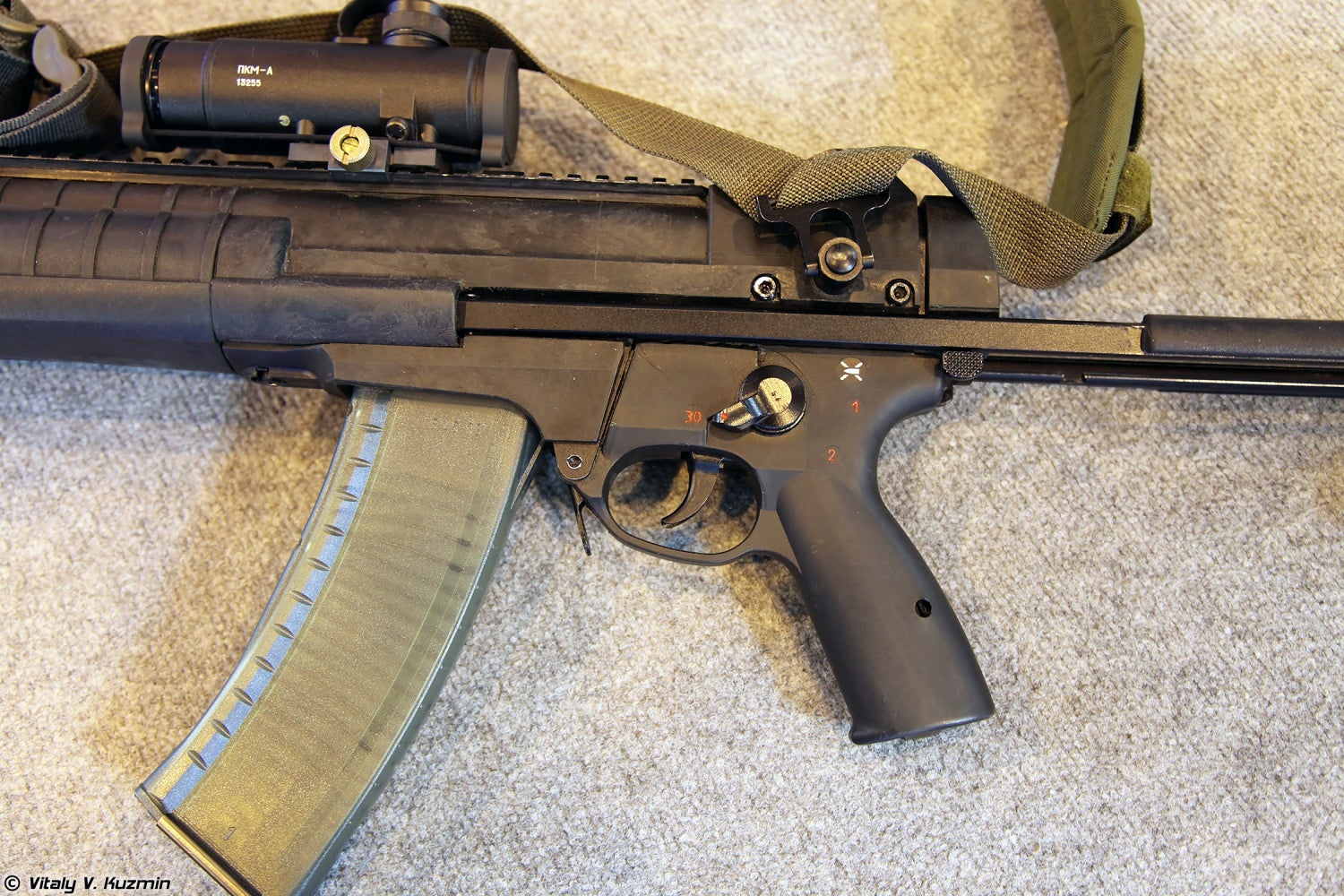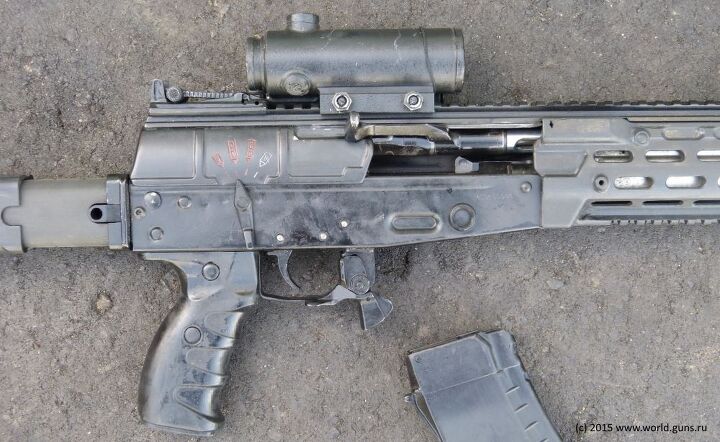Hognose, over at his blog Weaponsman.com, has written a tidy rundown of the past, present (and probable lack of a) future for burst-limited automatic small arms. A sample, and further discussion, is below, but I encourage my readers to click through and read his article first, then continue on:
A couple of years ago, the Army gave the lousy three-round-burst selector switch that was used on the M16A2 and successors, and the original M4, two in the chest and one in the head. There are still firearms with the bad trigger mechanism kicking around the services, but this decision was the beginning of the end of a gadget that was beloved of ordnance officers and log dogs, but utterly loathed by the guys who actually had occasion to launch those bursts in the direction of an armed enemy.
Burst mode has been experimented with almost as long as automatic firearms have existed; for example, some sources claim the 1890-1900 Italian Cei-Rigotti carbine was so fitted, although the best Cei-Rigotti source on the net, this page at Forgotten Weapons, doesn’t mention it.
Ultimately, this bit of 1960s technology was adopted in the 80s by the US Army and USMC, and had about a 30-year run in service, but it’s on the way out, with many powers opting to arm their men with a conventionally select-fire assault rifle, with safe, semi, and full-auto settings.
Current thinking in the United States and elsewhere in the West is that the value of fully automatic fire for the individual weapon was exaggerated in the immediate post-WWII environment. While it’s true that rifles are fired mostly on semi-automatic, with the fully automatic provision essentially reserved for ambushes and other critical times (which, Hognose notes, “when you do need it, you need it urgently.”), it’s also worth nothing that most of the American experience of the past 30 years has been with weapons sporting 3 round burst only. Considering that 3 round burst has been shown to actually reduce hit probability versus fully automatic (rounds 2 and 3 typically go wide – warning: Link starts a download), and that the burst mechanism used in the M16A2 Rifle and M4 Carbine negatively affects the trigger pull on semiautomatic, it’s not hard to imagine that this re-evaluation of the usefulness of individual automatic fire might be short-lived. It’s certainly possible that the Army’s transition to the new S-1-A fully automatic M4A1 Carbine could be the herald of a renewed emphasis on fully automatic fire from the individual weapon, and indeed the Army’s public literature on the M4A1 reflects this.
Meanwhile, the Soviets, and later Russians, never gave up the fully automatic fire setting, nor did they develop the distaste for burst the way the Americans did. Indeed, both the A545 and AK-12 next-generation Russian rifles feature both fully automatic and two-round burst selector settings:
 Your Privacy Choices
Your Privacy Choices


